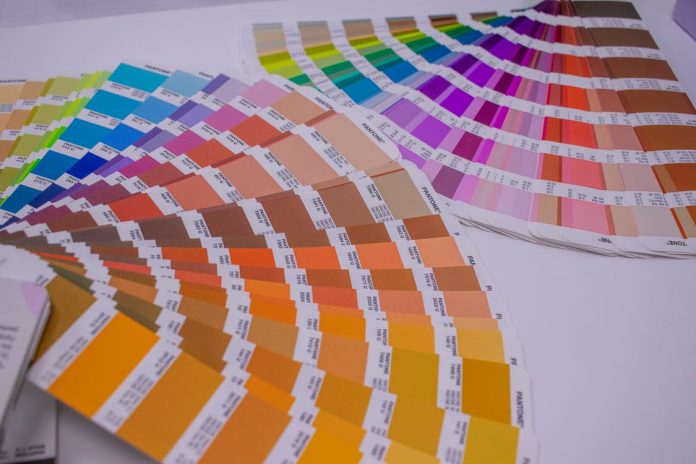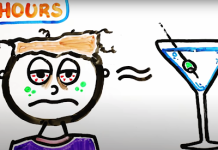
Beyond language or understanding, color communicates a feeling. For instance, simply glancing over at a bright yellow flower lifts your spirits. Looking up to see muted grayish-blue sky makes you feel more melancholic. Different colors hold a lot of different moods inside of them.
The emotional power of color also plays a big role in your home decor choices. Do your neutral living room walls help you feel at ease after a long day at work? Do the bright accent pillows on your bed cheer you up when you’re feeling low?
The colors you incorporate in your decor have a major effect on your emotional life. Find out why your mood is impacted by different colors so that you can make intentional design decisions throughout your home.
Color Theory In Interior Design
Color theory is a concept that helps designers create rules with their color choices. According to this theory, there are scientific measures to creating “appealing” colors that will spark a certain mood in the viewer’s brain.
Interior designers apply this through the color schemes they select for each house that they decorate. They study the inner workings of the color wheel to notice how different hues and undertones look next to each other.
Applying Color Theory
These color rules only apply as a guideline to help you become more aware of how you feel when you walk into a room. Everyone is different regarding how they apply these rules and what colors make them feel the most “at home.”
Take some time to reflect on your favorite memories and what colors were present at that moment in time. Maybe it’s the turquoise water of a tropical vacation or the deep green leaves of a winding forest. Use these happy memories to inspire your color scheme so that you can have a light, uplifting atmosphere in your home.
Monochromatic Colors
If you want to look put together, try out a monochromatic theme in your home. Monochrome color schemes use different hues of the same color to decorate a space. This gives a sense of cohesiveness that welcomes peace and tranquility into a room.
Minimalist decorating styles are often done with a monochromatic theme to eliminate stress on the eyes. Without a lot of visual clutter to look at, your brain has the chance to relax and unwind a bit.
Complementary Colors
In the color wheel, colors directly on the opposite side of each other are called complementary colors. Common complementary color pairings include orange and blue, purple and yellow, and red and green.
When you place these colors together in a room, it gives off an ambiance of boldness. For spaces that need a zap of decorative energy, utilize complementary colors to show off your more adventurous side.
While choosing colors, you may also be interested in Improving Curb Appeal.






